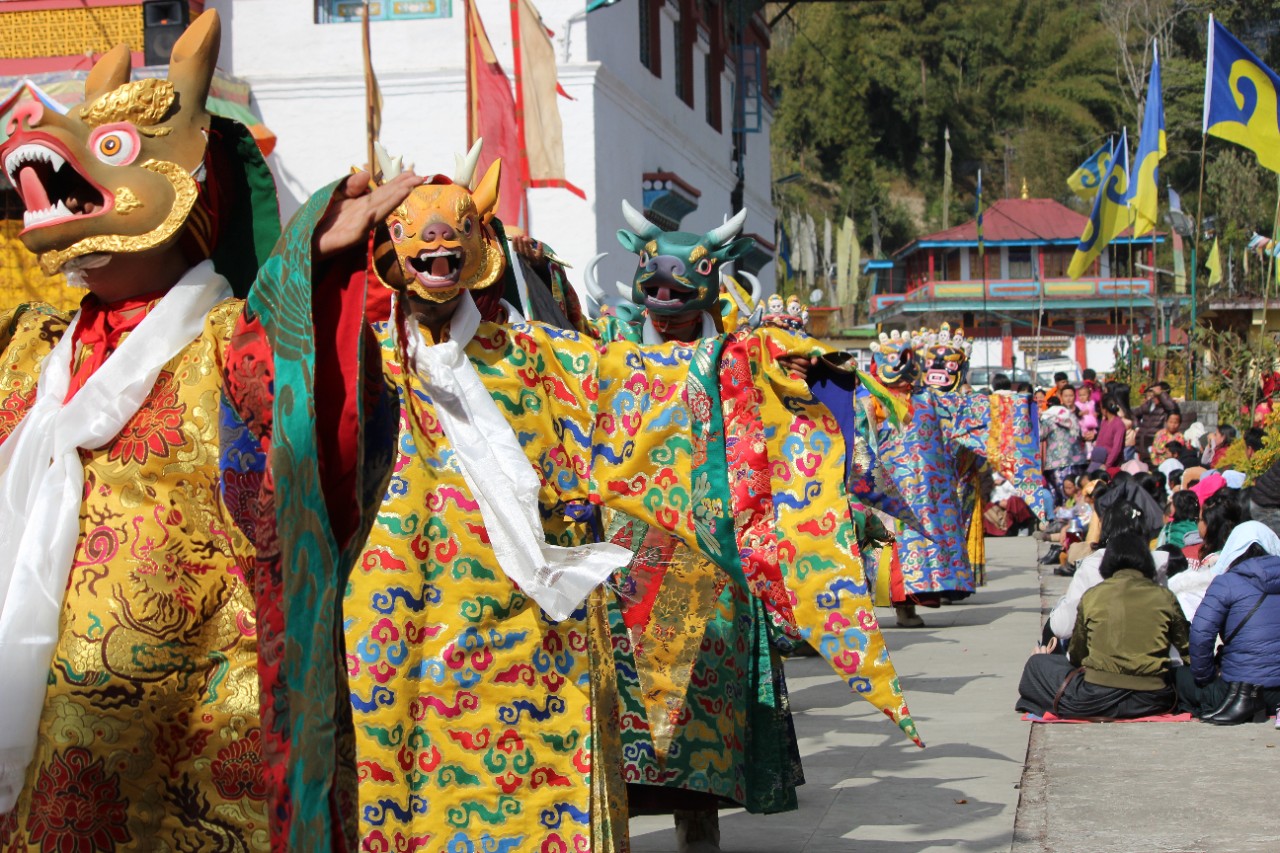Our generation is witnessing a struggle most countries face – balancing development and natural resource conservation. It is a globally accepted fact that spiritual and cultural bonds with nature can be one of the strongest motivators for conservation. India’s animism and cultural conservation, strongly reflected in our roots and ancient history, provides a path. In India, forests are revered, and trees are worshipped. There are folklores, festivals, sacred groves and indigenous lifestyles all acting as pillars of sustainability.
Around 14,000 sacred groves all over India, are protected in the name of local deity or ancestral spirits and are extremely rich in flora and fauna. Communities like Bishnois of Rajasthan practice conservation as religion where killing of animals and felling of green trees are prohibited. Mishmis in Arunachal consider Tigers as their own brothers and Irula tribe in Tamil Nadu are known for their expert understanding of snakes.
Similarly, Himalayan societies have been living the most ancient human-nature bond and have a strong realization of the ‘sacred’ as a tool for conservation. Their lifestyles are deeply connected to conservation ethos and are also depicted in their religious rituals and culture. Located in the lap of Eastern Himalayas, Sikkim has its own unique ethnicity.
In Sikkim, Demazong is a sacred cultural landscape managed by the ethnic communities Lepchas, Bhutias and the Nepalese, which is also the home to the sacred Mount Khangchendzonga that symbolizes co-existence between people and nature. Devithans and Gumpa forests including forest patches, mother trees, rivers and stone stupas are protected all over the state. In the northern part of Sikkim, there also exists another traditional self-governance system with its own rules for resource extraction known as ‘Dzumsa’.

Lepchas, also known as Mutanchi Rongkup (eternal children of the mother nature), are the oldest inhabitants of Sikkim. Nature has always been the priority for them and some of their folktales are based on disaster predictions. Famines are predicted when bears begin to raid villages and langurs are seen in smaller groups. They also believe that wolves predict unfavourable climatic conditions well and stop breeding.
Lepchas consider Mount Tendong as Mayal Lyang (heaven) and pay homage to the mountain. Similarly, the Kirat Rai community celebrate ‘Sakewa’, another nature festival which has a ritual dance performance, ‘Narowa Sili’, depicting the life stages of a crane (Karang- Kurung).

However, these traditions are slowly vanishing. Incessant ‘development’ and increasing population have been threatening the precious natural resources. In Dzongu, a local resident of Passingdang, shares, “We have always worshipped the nature, but it seems that the big development projects are now threatening our mother land’.
How to protect the cultural integrity of this State?
UNDP has been working in Sikkim, under the project SECURE Himalaya in collaboration with Government of India and Global Environment Facility (GEF) and has adopted a landscape-based approach involving community-based conservation models. This initiative includes biodiversity conservation, documentation of traditional knowledge, enhancing livelihoods, and engaging with monasteries.
In September 2019 on Pang Lhabsol, the State team of SECURE Himalaya and Echostream, our communication partner, started working closely with monasteries like the Tsuklakhang and Thangu. Plastic packaged offerings were replaced with organic fruits and vegetables. Food was offered in bamboo plates and food wastage was minimized.
While the big development projects continue to threaten the eco cultural landscape of Sikkim, revival of the connections between nature and people have become even more critical. UNDP has been working closely to ensure a sustainable future for the state and celebrate the tribal conservationists as the custodians of the natural landscapes – protecting and preserving their lands.
The writer is a UNV Project Associate – Conservation



